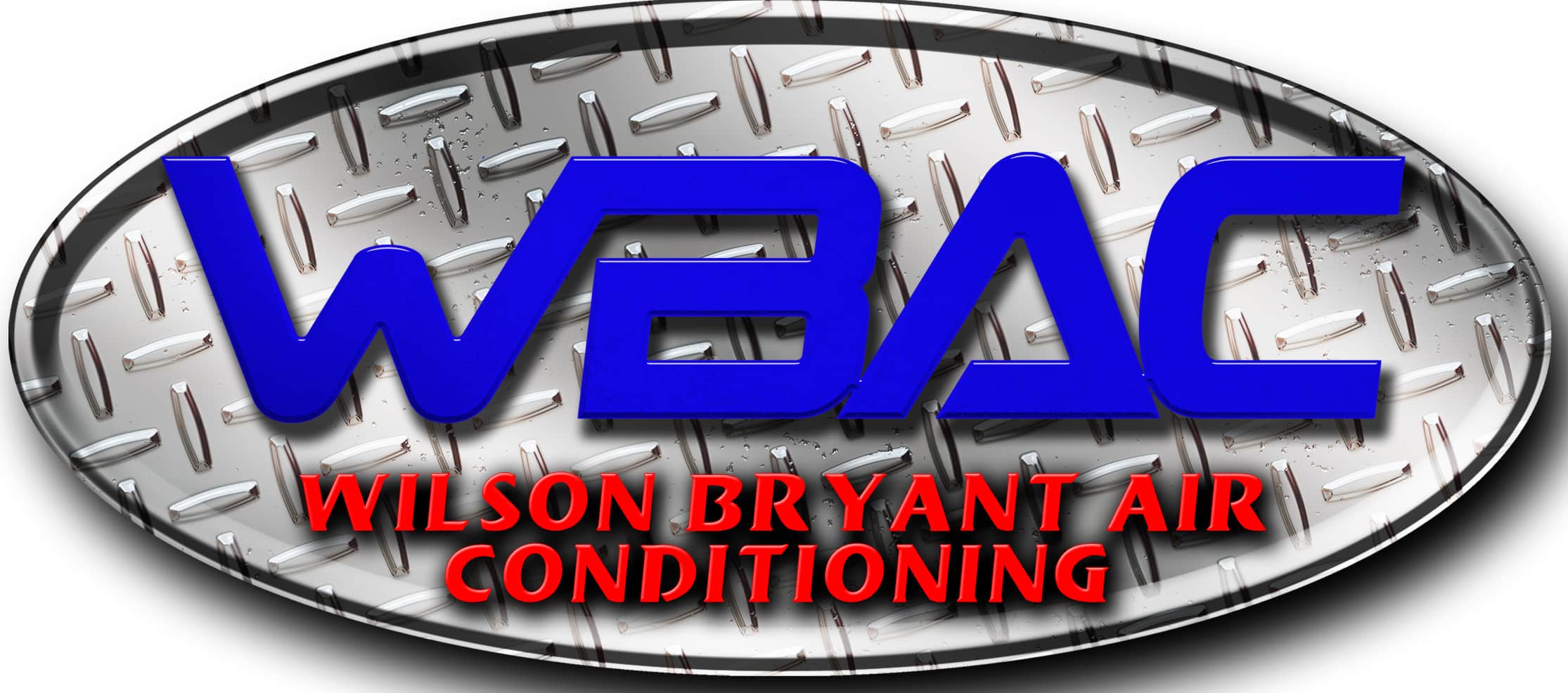Eight Tips for Lowering Cooling Bills
1. Plant Trees and Shrubs Around the House
Heat enters the home through windows and the roof. Shading the exterior of the home with plants and shrubs limits the direct sunlight that shines through the windows and beats down on the roof. By planting shrubs and trees that shade the outdoor component of your air conditioner, you can improve the energy efficiency of your AC unit by as much as 10 percent, according to the U.S DOE. Make sure that you don’t plant the greenery too close to the unit, though. Keep at least 2 to 3 feet between the plants and the unit to allow for proper air flow.
2. Install Window Films or Solar Screens
Window films are sheets made from metallic material that reflect the sun’s heat before it is transferred into the home. Solar screens are dark, mesh window screens that filter up to 70 percent of the sun’s heat. The U.S. DOE recommends installing solar screens on windows facing east and west.
3. Program Your Thermostat
Program your thermostat to raise the household temperature a few degrees at night and when no one is home. If you do not yet have a programmable digital thermostat installed, purchase the device from your local home improvement store for under $100. Your HVAC company will install the thermostat for you and demonstrate how to program the device. You can also install the device yourself, if you are handy with tools. You can save up to 15 percent on your summer energy costs by analyzing your family’s daily routine and programming the thermostat accordingly. During the day, when the family is home, keep the temperature set at 78 degrees.
4. Use Fans
Fans circulate the conditioned air and evaporate sweat to cool the body. On days when the AC is not running, place fans upstairs and open the downstairs windows to create a cooling breeze throughout the home. For single-story homes, place the fan far away from the open window to draw the outdoor air into the house. Even when the AC unit is running, fans keep the cooled air circulating. Ceiling fans help to disperse the conditioned air and can save as much as 40 percent in air conditioning costs in the summer. Run ceiling fans in the counter-clockwise direction in the summer for maximum savings. Change the direction of the fans to clockwise to conserve on heating costs in the winter.
5. Avoid Using the Oven or Range During the Day
Baking in the oven and even heating meals on the range contributes heat and causes your AC unit to work harder. The harder your AC unit works, the more energy is used for cooling your home. Avoid cooking on the range or heating up the oven during the warmest hours of the day. Use the microwave, or limit cooking and baking to the early morning and evening hours. If you must use the range or oven during the warm hours, turn on the exhaust fan to route the warm air out of the house.
6. Maintain Your Air Conditioner
Your central air conditioner requires routine maintenance to operate at peak performance. Poorly maintained AC units become less and less energy efficient over time. Your HVAC technician cleans and tunes the unit during a preventative maintenance service call. Cleaning and tuning your AC unit keeps the unit using energy as efficiently as possible. In addition to maintaining your air conditioner once per year, be sure to keep your filters clean. Replace filters every month during times of high demand on your HVAC equipment.
7. Switch the Fan to Low Speed on Humid Days
Run the air conditioner fan on high unless the humidity levels are high. Switch the fan to low speed to slow the movement of the air through the equipment. The lower setting will more effectively remove moisture from the air, keeping your home cooler and more comfortable.
8. Consider Upgrading Your Air Conditioning Equipment
If your AC unit is 10 years old or older, you will save money on energy costs by upgrading your equipment. Even an upgrade to a standard efficiency unit will save energy and money. Units that are more than 10 years old are much less energy efficient than equipment manufactured today. The SEER rating is an indicator of how efficiently the unit uses energy to produce cool air. Federal SEER rating requirements were raised to SEER 13 in 2006. Upgrading a unit with a SEER of 9 to one with the minimum allowable SEER rating will cut your energy costs by as much as 25 percent. Installing an energy efficient unit with a SEER of 16 or above, can cut energy costs in half.
Macon  GA Carrier Factory Authorized Dealer
GA Carrier Factory Authorized Dealer
For additional information about how you can save energy and cut cooling costs in the summer, please give us a call. At Wilson Bryant Air Conditioning, we provide HVAC installation and services to businesses and residents in and around Macon GA. bryant-air.com
